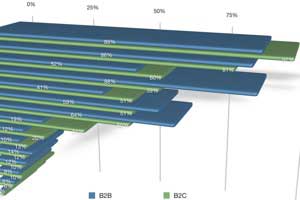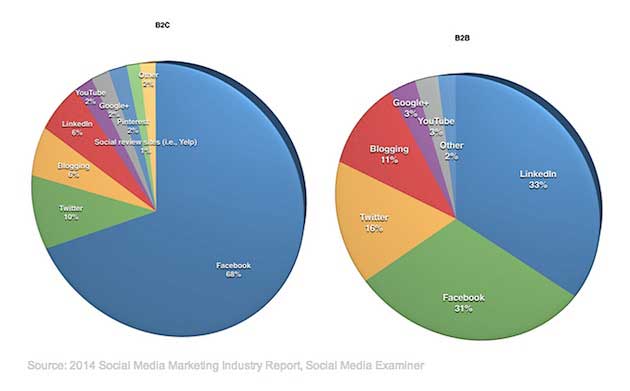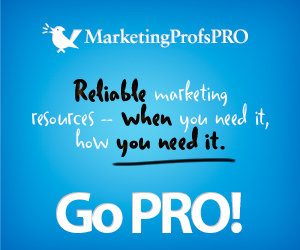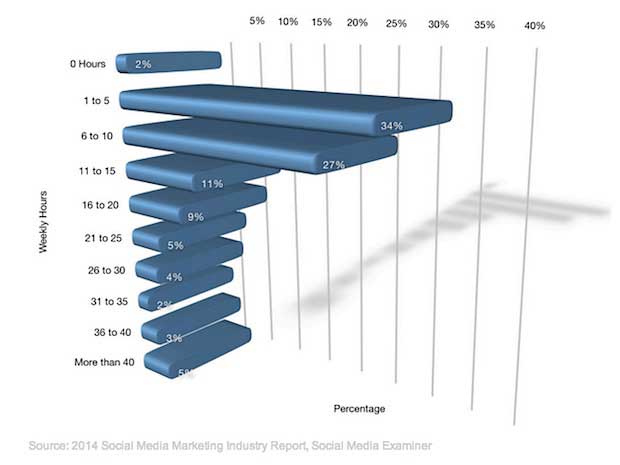
We usually digest visual information better than text-based content. We can make use of this when optimizing our social media marketing campaigns to give ourselves an edge over competitors who push out written content via social media.
When it comes to social media, there is no denying the fact that the images we use in our content can have a huge impact on how the content is perceived by the community. See #3, #7, #3, all of which emphasize the same thing.
Whether you are a social media expert, or a newbie in charge of managing content, you will always have to double-check the height and width of every image you post on your favourite channels. Making sure these images look good in all possible formats is a time-consuming and frustrating process, especially since the content is accessible from a variety of devices. Today we’ll show you how to tackle this issue.
In this post we will take a look at some of the most popular social media sites, and give you all the information you need on selecting the best sizes and dimensions for the images that you want to use there. I’ll also try to cover various tips for optimizing these images for your brand strategy and improving CTR.
Interested in tips for a certain social network? Jump right there. Below is the ultimate guide to using images in social media.
Facebook Images Size Guide
Cover photos on Facebook are prime real estate for showcasing your brand. I’ve seen some creative ways in which individuals and brands makes use of this space. The official recommendation is to use an image 851 pixels wide and 315 pixels tall.

Profile photos
are advised to be 180×180 images which will be displayed as a 160×160.

Twitter Images Size Guide
Twitter allows us to use post images as long as they’re hosted on pic.twitter.com and are shown inline on users’ feeds. They’ve also just announced their support for GIFs, which is a great way to engage with your audience. There are many ways to do this, and we’ll take a look at some of them in the tips and tricks section.

Google+ Images Size Guide
You can use animated GIFs on G+, which is awesome. And they’re not just limited to post images—you can use them in you cover pics or as your profile pic. Use the PSD file from hughbriss.com as a starting point for your cover pic.

Pro Tip:
If you’re an active G+ user, you’ll love this Chrome plugin by Paul Spoerry, that allows you to add text formatting to your G+ posts.

LinkedIn Images Size Guide
LinkedIn is the world’s largest professional network with over 300 million members. For B2B businesses, LinkedIn is one of the most essential social networking platforms to generate leads.
LinkedIn does not play nice with long visuals like infographics, which anyone can easily create using our infographics templates. So I would recommend using a small portion of the infographic for your LinkedIn update instead of posting the whole thing.
Also, company posts on LinkedIn have the option of a custom photo, so you don’t have to use the one LinkedIn pulls in automatically.

YouTube Images Size Guide
Six billion hours of video are watched each month on YouTube. That’s almost an hour for every person on Earth! Statistics like that make YouTube the go-to place for video content.

Instagram Images Size Guide
Instagram, one of the top photo sharing social networks, is becoming quite popular with small businesses. It’s helping them drive sales and develop their brand. If you have a business that sells an item that can photograph well, then by all means look at Instagram as a potential marketing channel.

Pinterest Images Size Guide
This social networking site with a virtual pinboard interface is certainly picking up steam, and is a great marketing channel, particularly among women. This gives Pinterest an edge over the others, especially if your target audience is largely female.
There are two main ways for images to appear in Pinterest. The first is as a pin on the pinboard, and the second is an image that is opened when the pin is clicked.

Tips and Tricks for using Images in Social Media
Now that we’ve seen which sizes to go for on some of the most popular social networking sites, let’s take a look at some tools and tricks we can use to make sure the content looks awesome.
1. Images: There are quite a few stock photo sites out there, and it’s a good idea to browse through a few of them to find the perfect image to goes along with the content you publish.
2. Personalize: Don’t use the stock image as-is. Add some color, badges, personalized text or other CTA to get more people interested in your visuals. You don’t need Photoshop to do all that—freeware tools like Paint.NET, fotor or PicMonkey can be used effectively to do a lot of image customization.

Two of my favorite tools for customizing and personalizing images are Recite and Canva. There are also a lot of online tools that can help, like those from Internet Marketing Ninjas, Autre planète, and Timeline Slicer.
3. Use images in creative ways: Some interesting tactics I’ve seen include using images with a poll and cutting out answers, as shown below. (This works on the Twitter app and Twitter home feed.)

You can also use the ability to include up to four photos in a tweet. This is available on both the iPhone and Android App, and should be coming to the web app soon.





























